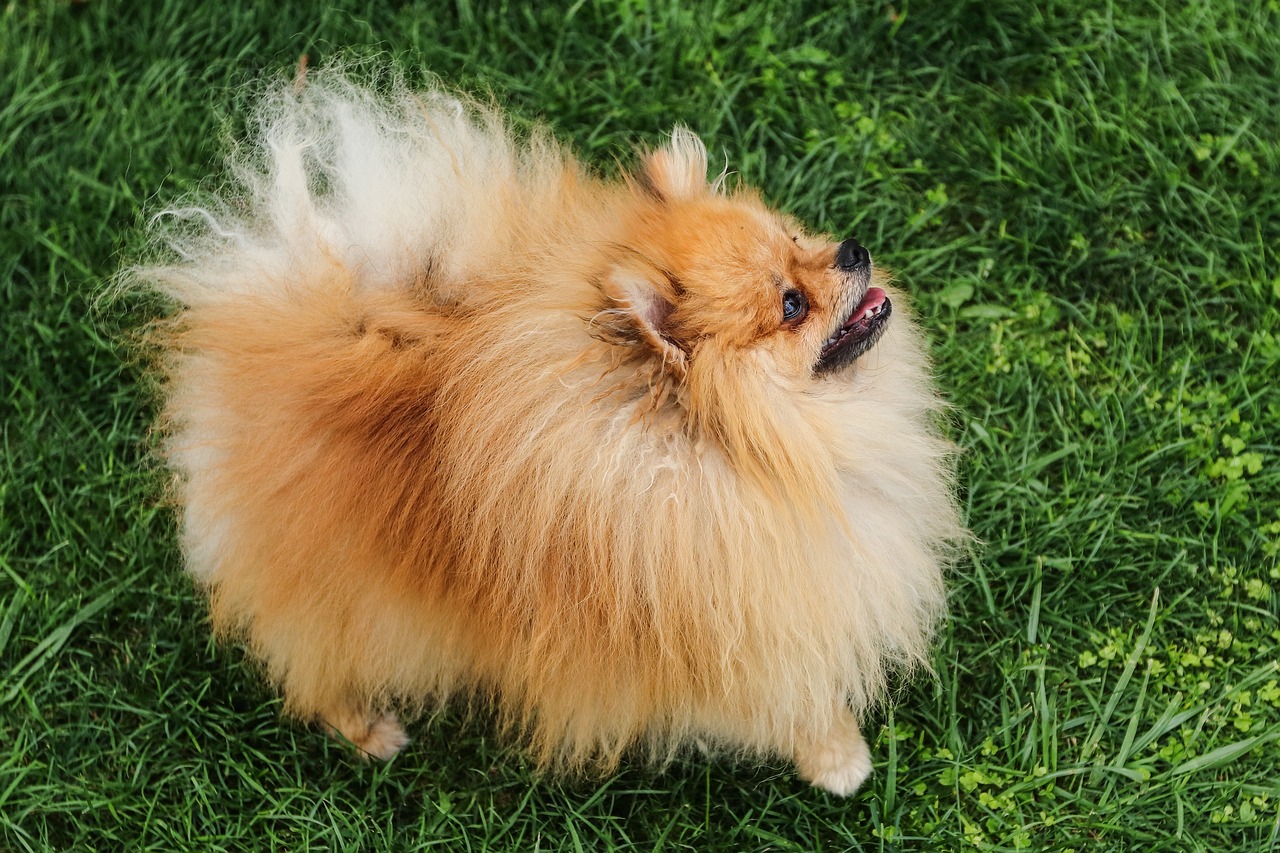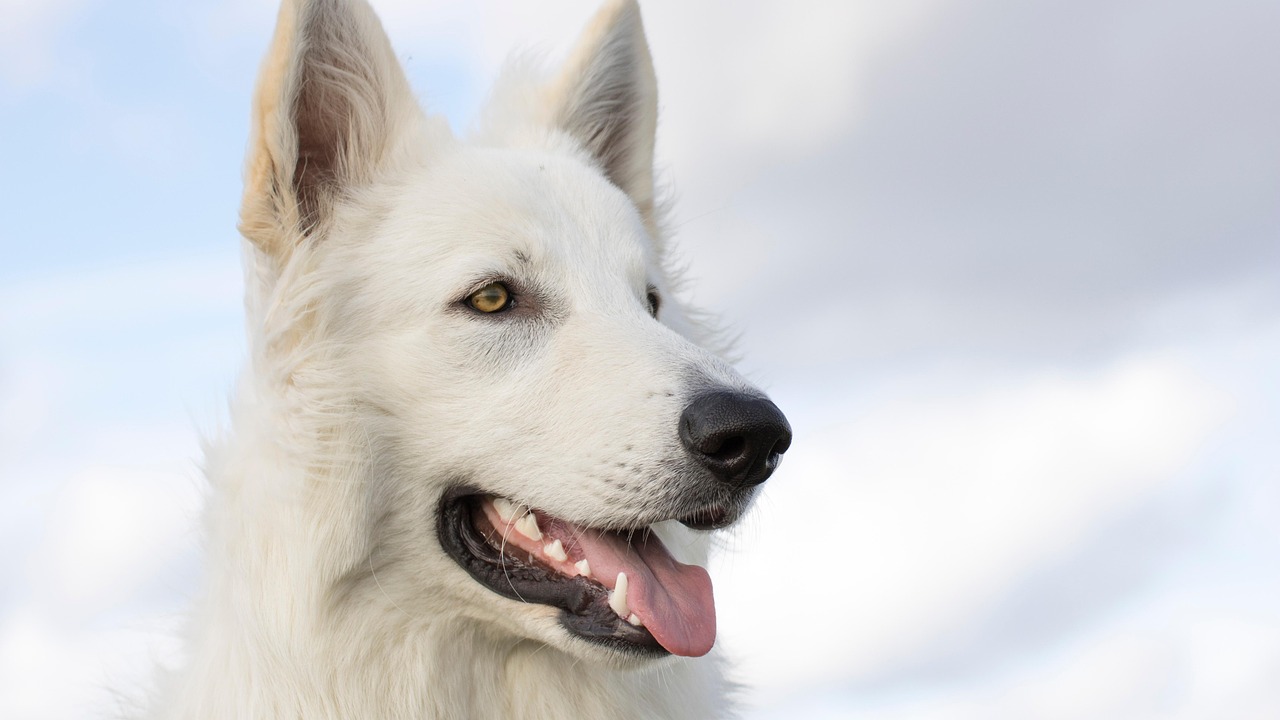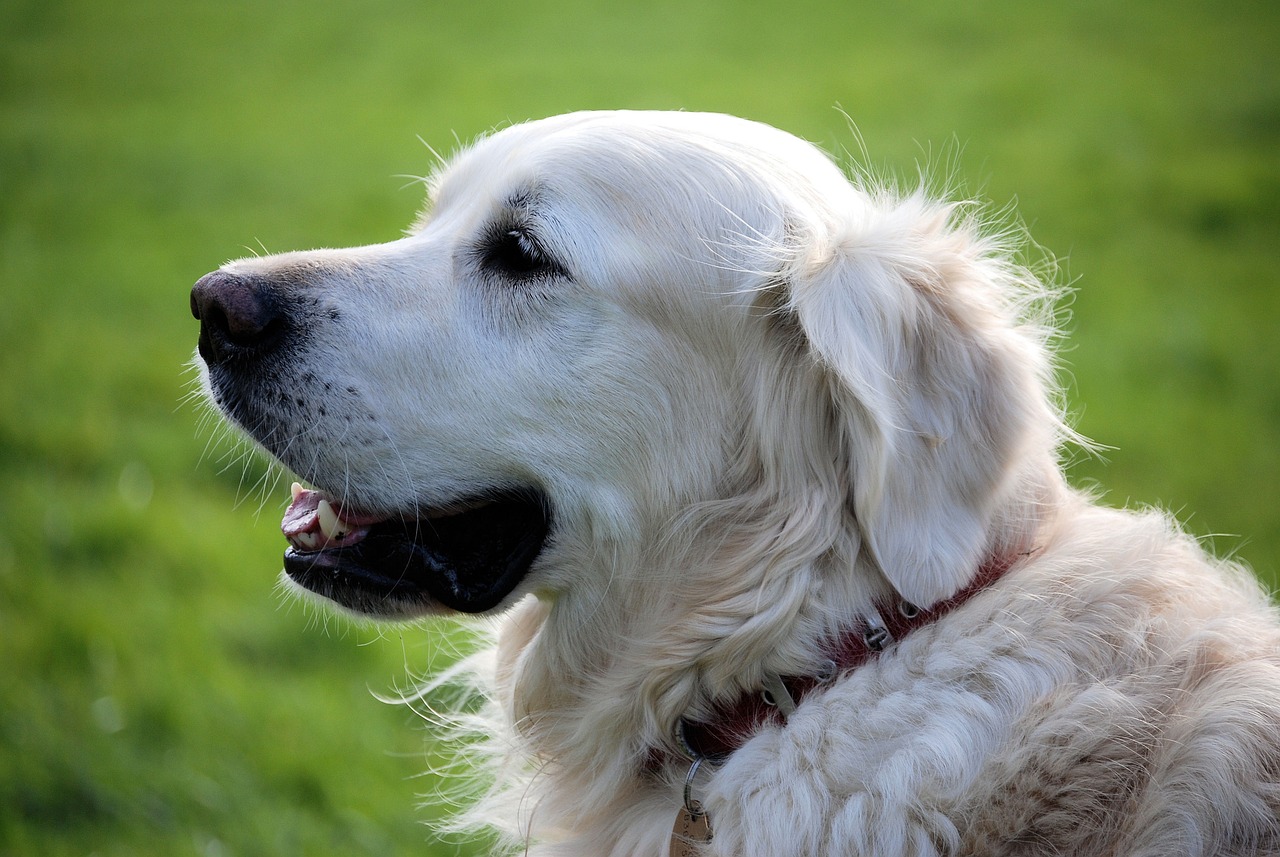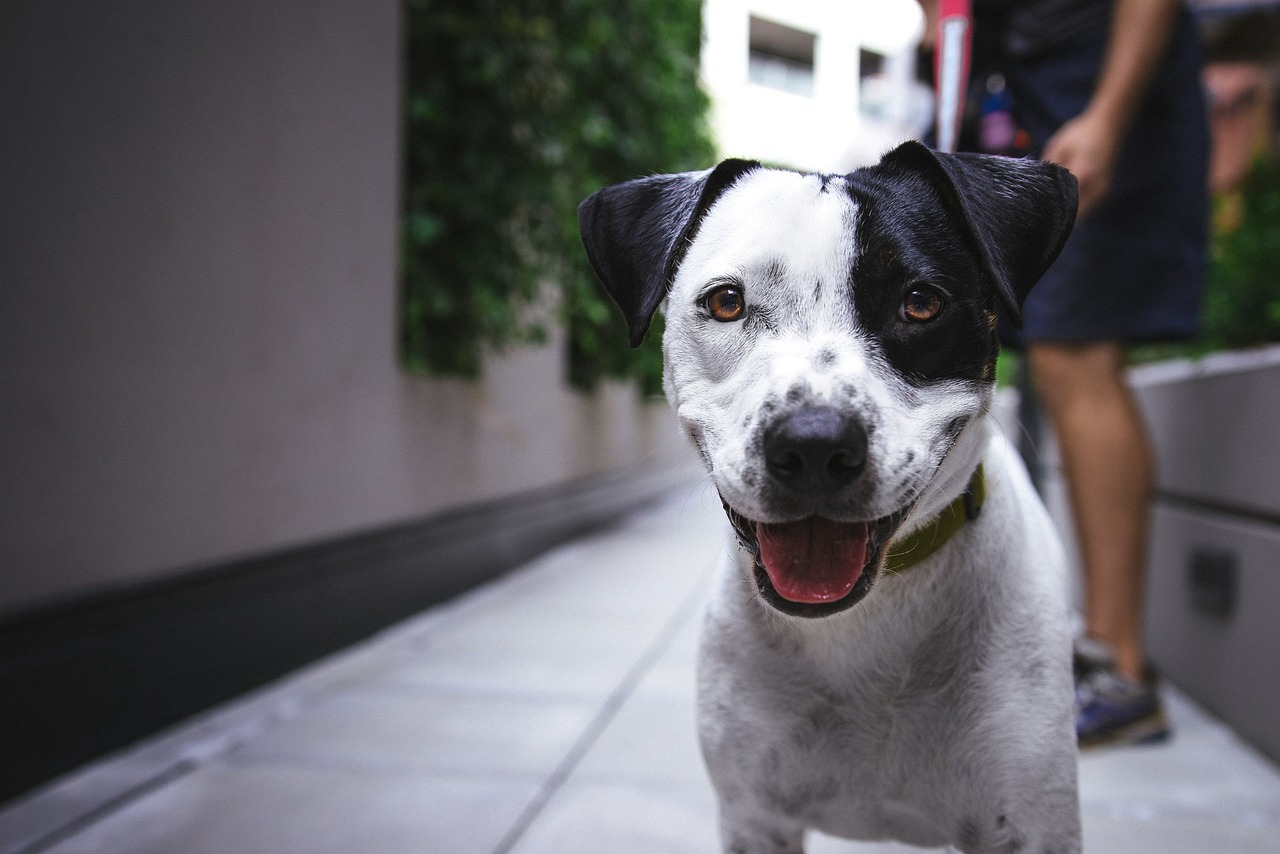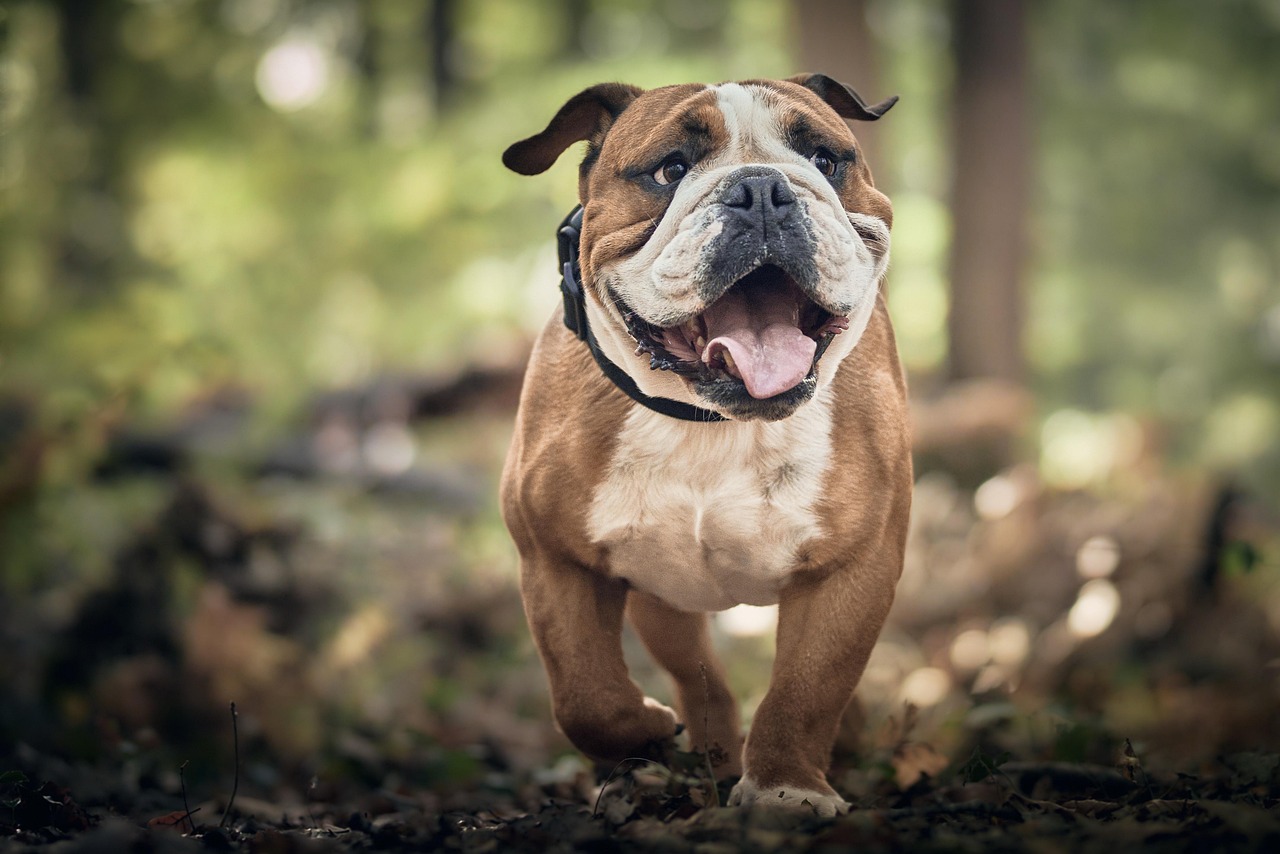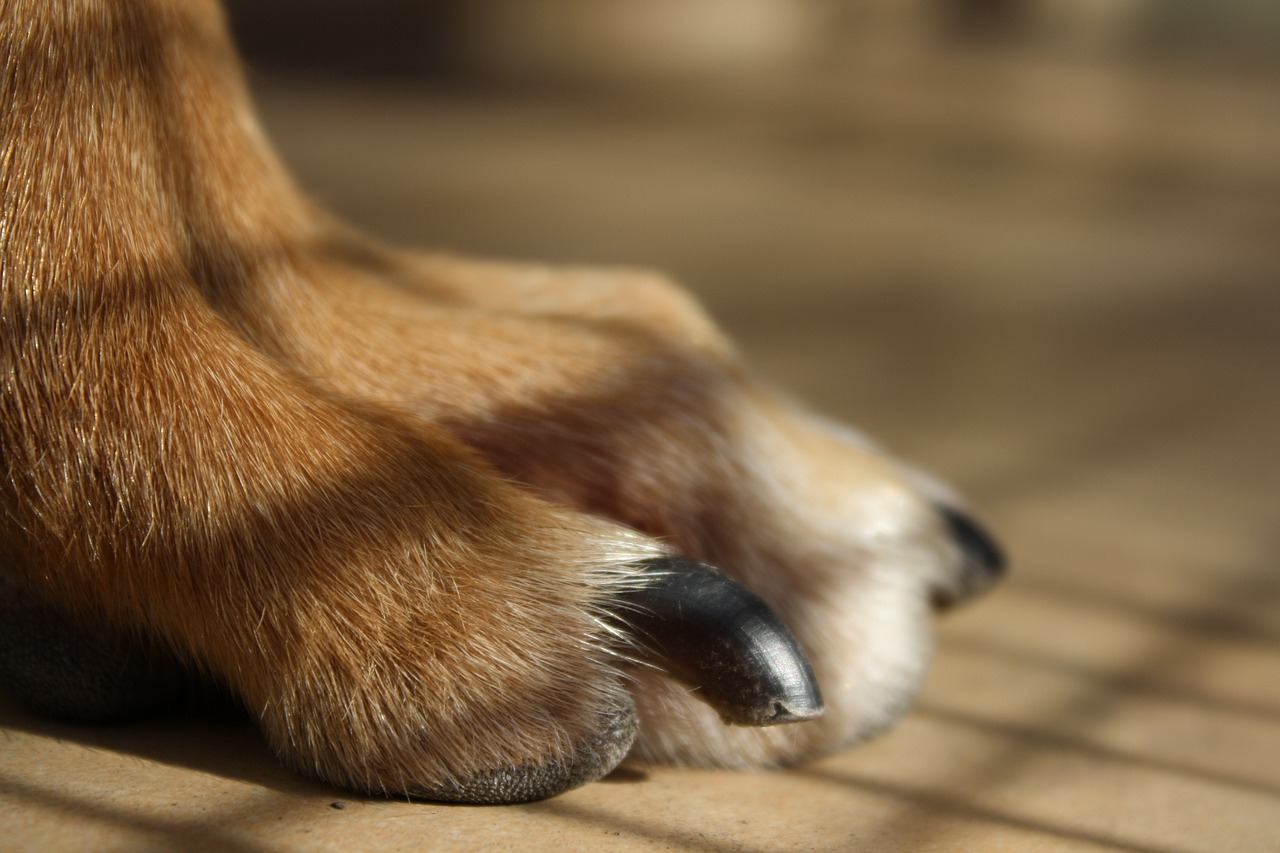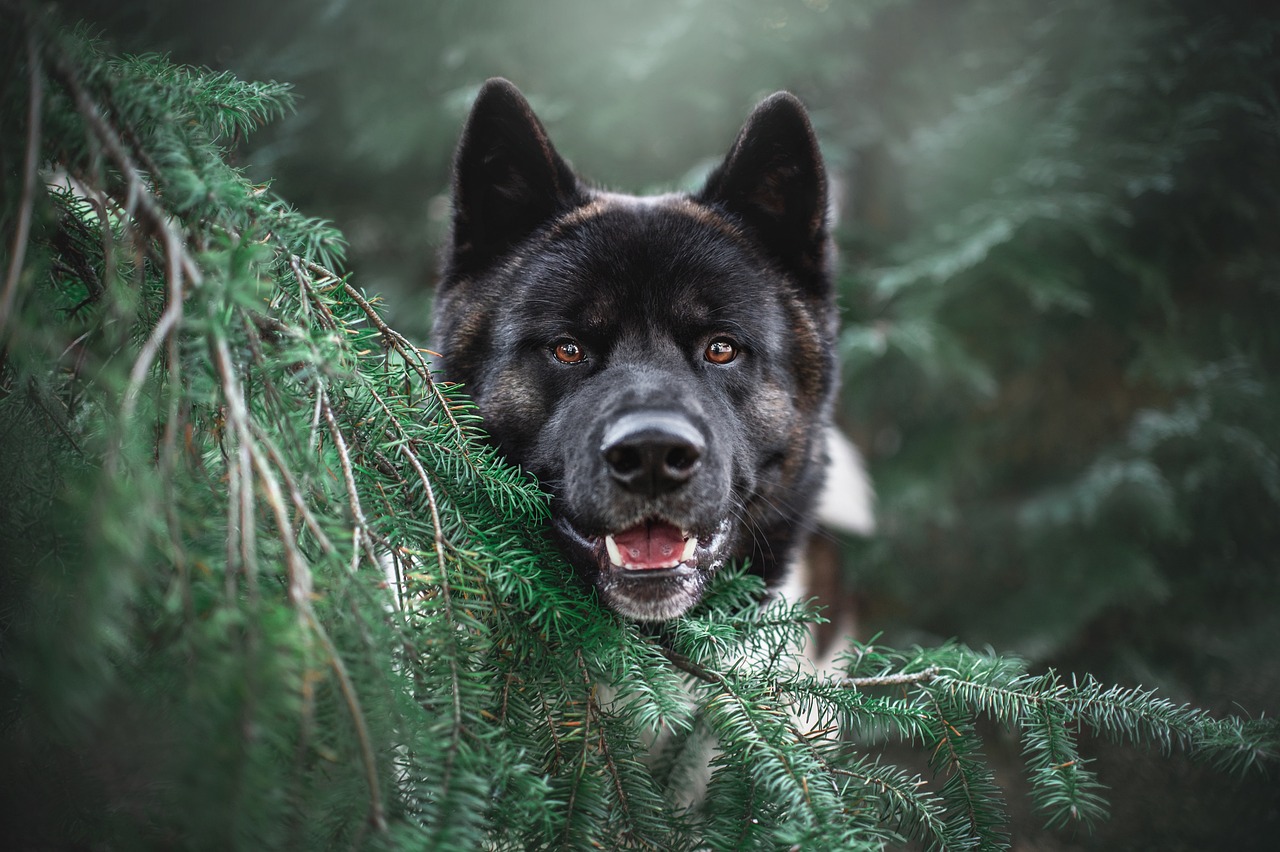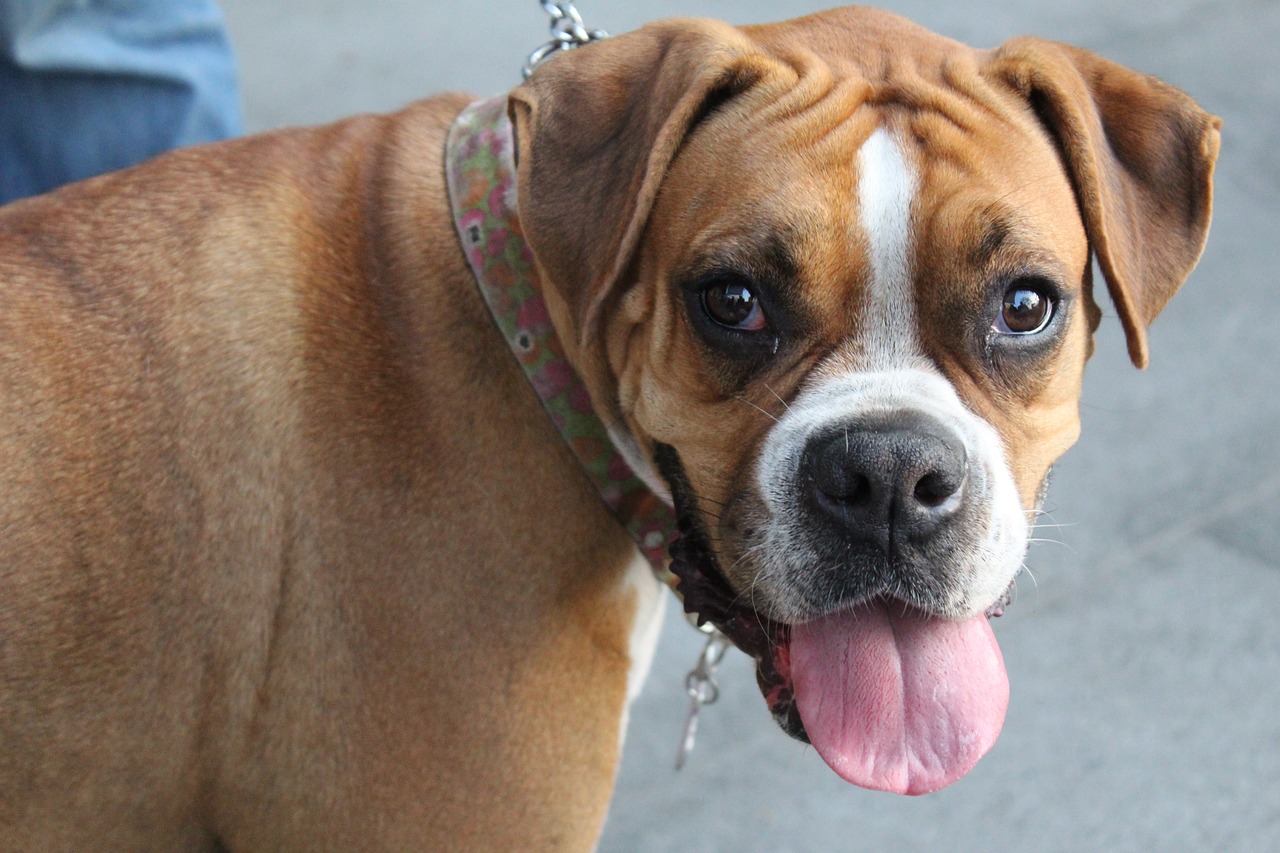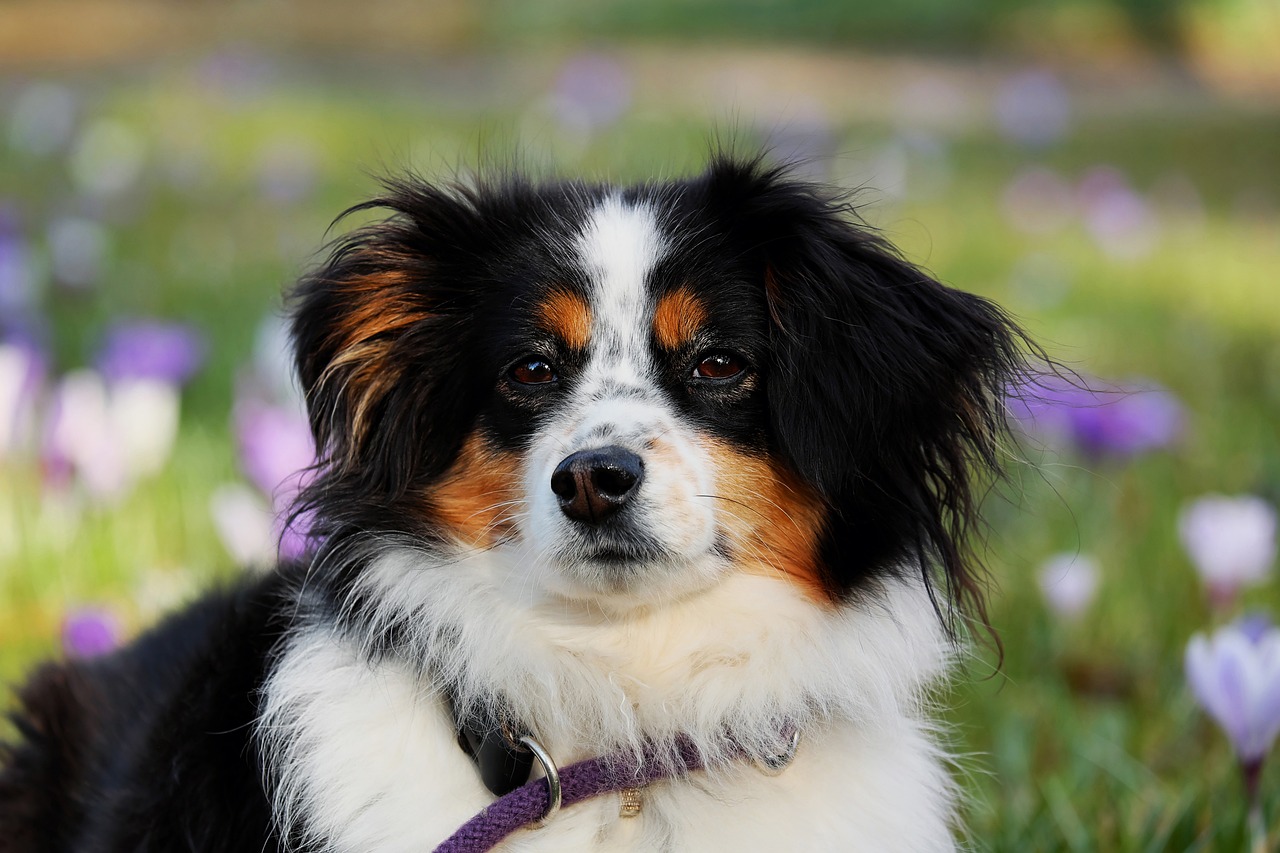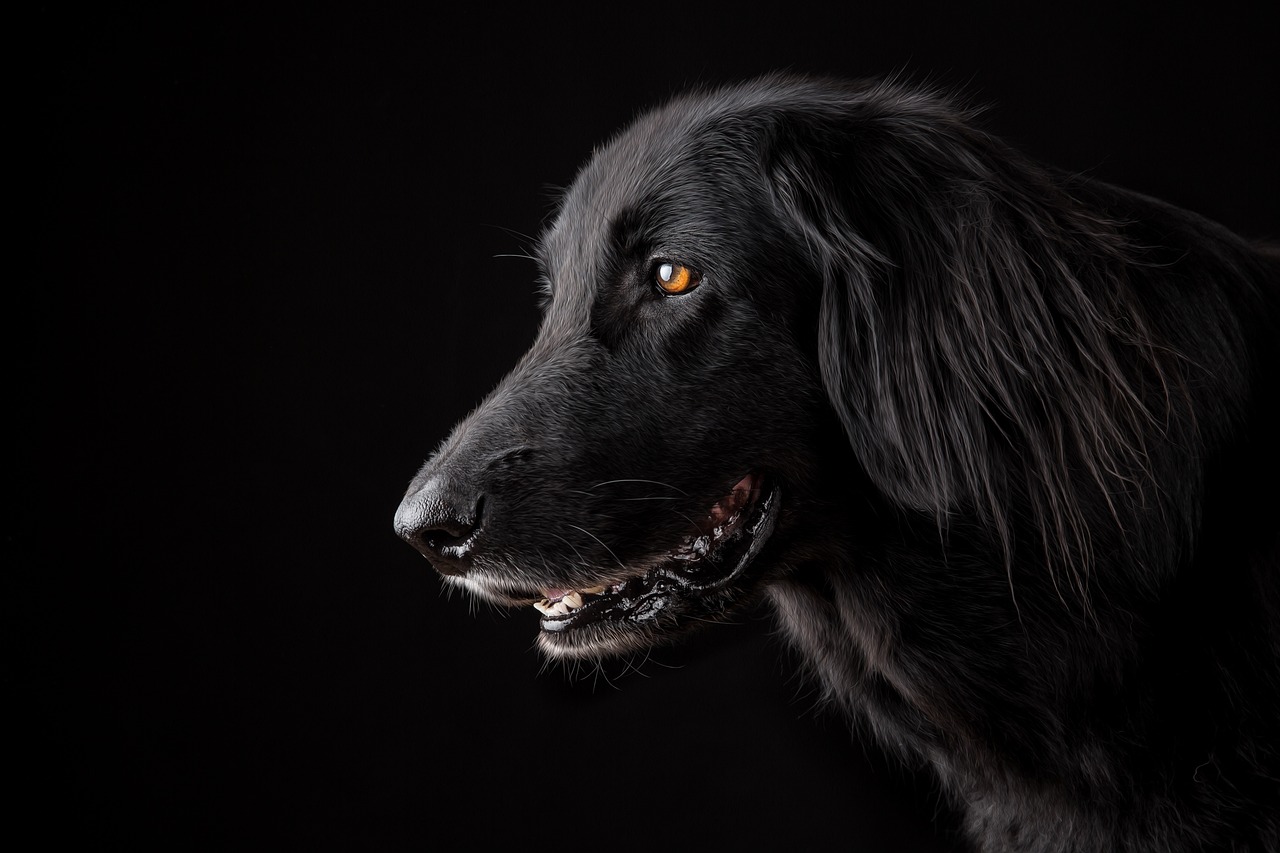This article explores the bite force of the Dogo Argentino, comparing it with various dog breeds and examining its implications for training, behavior, and overall suitability as a pet.
Understanding Bite Force in Dogs
Bite force is a crucial measure of a dog’s strength, often expressed in pounds per square inch (PSI). It indicates a dog’s ability to grip and hold onto objects or prey, which can be essential for various tasks, from hunting to protection.
The Dogo Argentino: An Overview
The Dogo Argentino is a powerful and muscular breed, originally developed for big-game hunting. Its physical characteristics contribute to its impressive bite force, making it a notable contender among dog breeds.
- Physical Characteristics: The Dogo Argentino features a robust, athletic build with a broad head and strong jaws.
- Size and Weight: Typically weighing between 80 to 100 pounds, its size enhances its strength and bite capability.
- Jaw Structure: The breed’s jaw structure and musculature are designed for strength, allowing for a powerful grip.
Comparative Bite Force: Dogo Argentino vs. Other Breeds
When comparing bite forces, the Dogo Argentino stands out among various breeds. For instance, its bite force can exceed that of breeds like the German Shepherd and Rottweiler, making it important for potential owners to understand these comparisons.
Measuring Bite Force: Methods and Tools
Bite force is typically measured using specialized equipment such as bite sleeves and force gauges. These tools provide reliable data for comparisons across different breeds.
Factors Influencing Bite Force Measurements
Several factors, including age, health, and training, can influence bite force measurements. Understanding these variables is essential for accurate assessments.
Implications of High Bite Force in Dogs
A high bite force can significantly impact training and behavior. It’s crucial to consider these factors when evaluating a breed’s suitability as a family pet.
- Training Considerations: Training a breed with a high bite force, like the Dogo Argentino, requires experienced handling and consistent methods.
- Behavioral Traits: Dogs with high bite forces may exhibit protective instincts or aggression, making understanding these traits vital for responsible ownership.
Conclusion: The Dogo Argentino’s Bite Force in Perspective
In conclusion, the Dogo Argentino’s impressive bite force positions it as a powerful breed. Potential owners should weigh its capabilities against their lifestyle and experience to ensure a harmonious relationship.

Understanding Bite Force in Dogs
is essential for anyone considering a canine companion, especially breeds known for their strength. Bite force is quantified in pounds per square inch (PSI) and serves as a crucial indicator of a dog’s physical capabilities. This measurement reflects a dog’s ability to grip and hold onto objects or prey, which can be particularly important for working breeds and those used in protection or hunting.
When evaluating a dog’s bite force, several factors come into play, including the dog’s size, jaw structure, and musculature. Generally, larger dogs with robust builds tend to exhibit higher bite forces. For instance, breeds like the Dogo Argentino, Rottweiler, and Pit Bull are known for their impressive PSI ratings. These ratings can range significantly, with some breeds exceeding 300 PSI, making them formidable in terms of strength.
| Dog Breed | Bite Force (PSI) |
|---|---|
| Dogo Argentino | 500 PSI |
| Rottweiler | 328 PSI |
| Pit Bull | 235 PSI |
| German Shepherd | 238 PSI |
The implications of a dog’s bite force extend beyond mere numbers. A high bite force can influence a dog’s behavior, training requirements, and even its suitability as a family pet. For example, breeds with a strong bite may require experienced handlers who can provide consistent training and socialization. This ensures that the dog learns appropriate behaviors and can integrate well into a home environment.
Moreover, understanding the bite force of a dog can help potential owners make informed decisions. It is crucial to consider not only the raw power of a dog’s bite but also its temperament and energy levels. A dog with a high bite force that is well-trained and socialized can be a loyal and loving companion, while one that lacks these qualities may pose challenges.
In conclusion, understanding bite force in dogs is a vital aspect of responsible pet ownership. By considering the factors that influence bite strength and the implications of having a strong-bite breed, prospective dog owners can choose a pet that aligns with their lifestyle and experience.

The Dogo Argentino: An Overview
The Dogo Argentino is a remarkable breed known for its strength and athleticism. Originally developed in Argentina for big-game hunting, this breed possesses unique physical traits that not only make it a formidable hunter but also contribute to its impressive bite force. The Dogo Argentino’s bite force is estimated to be around 500 PSI, placing it among the strongest of dog breeds.
This breed is characterized by its muscular build, broad head, and powerful jaws, all of which are essential for its historical role in hunting large game such as wild boar and puma. The Dogo Argentino is typically well-proportioned, with a height ranging from 24 to 30 inches at the shoulder and a weight between 80 to 100 pounds. Such dimensions allow it to exert significant force when biting.
In addition to its physical attributes, the Dogo Argentino has a well-defined jaw structure that enhances its biting capability. The strong musculature surrounding its jaw enables it to maintain a powerful grip, which is critical in both hunting scenarios and protective roles.
When comparing the Dogo Argentino’s bite force to other breeds, it stands out. For instance, breeds like the Rottweiler and German Shepherd also possess strong bite forces, but the Dogo Argentino’s combination of strength and agility gives it an edge in various situations. Understanding these comparisons is essential for potential owners to make informed decisions about breed suitability.
In conclusion, the Dogo Argentino is not only a powerful breed with a strong bite force but also a loyal and protective companion. Its unique traits make it a fascinating subject of study for dog enthusiasts and potential owners alike. Those considering adding a Dogo Argentino to their family should be prepared for the responsibilities that come with owning such a strong and capable breed.
Physical Characteristics of the Dogo Argentino
The Dogo Argentino is a breed that commands attention with its striking physical characteristics. This breed was developed primarily for big-game hunting, and its physical traits reflect its purpose and capabilities.
- Strong and Athletic Build: The Dogo Argentino has a robust and muscular physique that contributes to its agility and strength. This build is essential for its historical role as a hunting companion.
- Broad Head: The breed features a broad and powerful head, which is not only aesthetically impressive but also functional. This structure supports its strong jaws and enhances its bite force.
- Powerful Jaws: The Dogo Argentino possesses strong jaws that are capable of delivering a significant bite force. This feature is crucial for gripping and holding onto prey, showcasing the breed’s hunting heritage.
- Height and Weight: Typically, Dogo Argentinos weigh between 80 to 100 pounds and stand around 24 to 30 inches tall at the shoulder. This size contributes to their overall strength and presence.
These physical characteristics are not just for show; they play a vital role in the Dogo Argentino’s ability to perform its intended tasks. The combination of strength, agility, and powerful jaws makes this breed a formidable presence in the canine world.
Moreover, the Dogo Argentino’s muscular build and athleticism allow it to excel in various activities beyond hunting, including agility training and obedience competitions. Its physical prowess is matched by a loyal and protective temperament, making it a popular choice for families looking for a devoted companion.
In conclusion, the physical characteristics of the Dogo Argentino—its strong build, broad head, and powerful jaws—are essential to its identity as a breed. Understanding these traits is crucial for potential owners who wish to appreciate the capabilities and needs of this remarkable dog.
Size and Weight
are critical factors when assessing the Dogo Argentino’s overall capabilities, especially its bite force. This breed typically weighs between 80 to 100 pounds, which significantly contributes to its strength and physical prowess. The Dogo Argentino is not just a large dog; it is a well-muscled and athletic breed designed for endurance and power.
The combination of its weight and muscular build makes the Dogo Argentino one of the more formidable breeds in the canine world. Its size allows it to exert a substantial amount of pressure with its bite, measured in pounds per square inch (PSI). This high bite force is a result of its strong jaw structure and powerful musculature, which are essential for its original purpose as a big-game hunting dog.
In addition to its weight, the physical characteristics of the Dogo Argentino include a broad head and a strong neck, both of which enhance its biting capability. This breed’s robust frame is designed not only for hunting but also for protection, making it a reliable guardian.
When considering the Dogo Argentino as a pet, potential owners should be aware of its size and strength. Proper training and socialization are essential to ensure that this powerful breed can coexist peacefully in a family environment. Understanding the implications of their size and weight can help owners manage their behavior effectively.
In summary, the Dogo Argentino’s significant size and weight play a crucial role in its overall strength and bite capability. This breed’s physical attributes make it a remarkable companion for those who can provide the necessary training and care.
Jaw Structure and Musculature
The jaw structure and musculature of the Dogo Argentino are intricately designed to offer exceptional strength and power. This breed features a robust jaw that is complemented by highly developed muscles, allowing for a formidable grip. The muscular build not only enhances its physical appearance but also plays a crucial role in its ability to exert a high bite force, which is essential for its original purpose in big-game hunting.
With a bite force that can reach impressive levels, the Dogo Argentino stands out among various breeds. The strength of its jaws is a result of both genetic factors and specific training. The breed’s ancestry includes a mix of powerful dogs, which has contributed to its muscular development and jaw strength. This combination makes the Dogo Argentino well-suited for tasks that require a strong grip, such as hunting and protection.
Moreover, the Dogo Argentino’s jaw structure is characterized by a broad head and a well-defined muzzle. These features not only give the dog a commanding presence but also enhance its ability to apply pressure effectively. The alignment of the teeth and the overall jaw mechanics allow for an efficient transfer of force, making it one of the breeds with the highest bite force measurements.
Training and socialization are paramount for this breed, especially considering its powerful jaw. Owners must engage in consistent training to ensure that the dog learns to control its strength. A well-trained Dogo Argentino can be a loyal and protective companion, capable of using its strength appropriately. Understanding the implications of its jaw structure and musculature is vital for potential owners, as it can significantly influence the dog’s behavior and suitability as a family pet.
In conclusion, the Dogo Argentino’s jaw structure and musculature are not merely physical attributes; they are integral to its identity as a breed. Appreciating these characteristics can help owners provide the necessary care and training to ensure a harmonious relationship with their canine companion.
Comparative Bite Force: Dogo Argentino vs. Other Breeds
The Dogo Argentino is renowned for its impressive bite force, which is a crucial aspect for potential owners to consider. When comparing the bite force of the Dogo Argentino with other dog breeds, it becomes evident that this breed holds a prominent position. Understanding these comparisons is essential for assessing whether this breed aligns with your lifestyle and expectations.
Understanding Bite Force: A Key Factor
Bite force is measured in pounds per square inch (PSI) and is indicative of a dog’s strength and ability to grip. The Dogo Argentino’s bite force is estimated to be around 500 PSI, placing it among the top contenders in the canine world. This strength is particularly significant for those considering the breed for protection or hunting purposes.
Comparative Analysis: Dogo Argentino vs. Other Breeds
- American Pit Bull Terrier: Approximately 235 PSI
- Rottweiler: Around 328 PSI
- German Shepherd: Approximately 238 PSI
- Doberman Pinscher: About 228 PSI
As shown in the list, the Dogo Argentino surpasses many popular breeds in terms of bite force. This substantial bite strength can be both an advantage and a responsibility. Potential owners should be aware that with great power comes the need for experienced training and socialization.
Implications of High Bite Force
A high bite force can lead to specific behavioral traits, such as protective instincts. It is crucial for owners to engage in consistent training to manage these traits effectively. Understanding the breed’s capabilities can help ensure that the Dogo Argentino is a suitable addition to your family.
Conclusion: Assessing the Dogo Argentino’s Suitability
In summary, the Dogo Argentino’s bite force not only highlights its strength but also underscores the importance of responsible ownership. Potential owners should evaluate their ability to provide the necessary training and environment for this powerful breed.
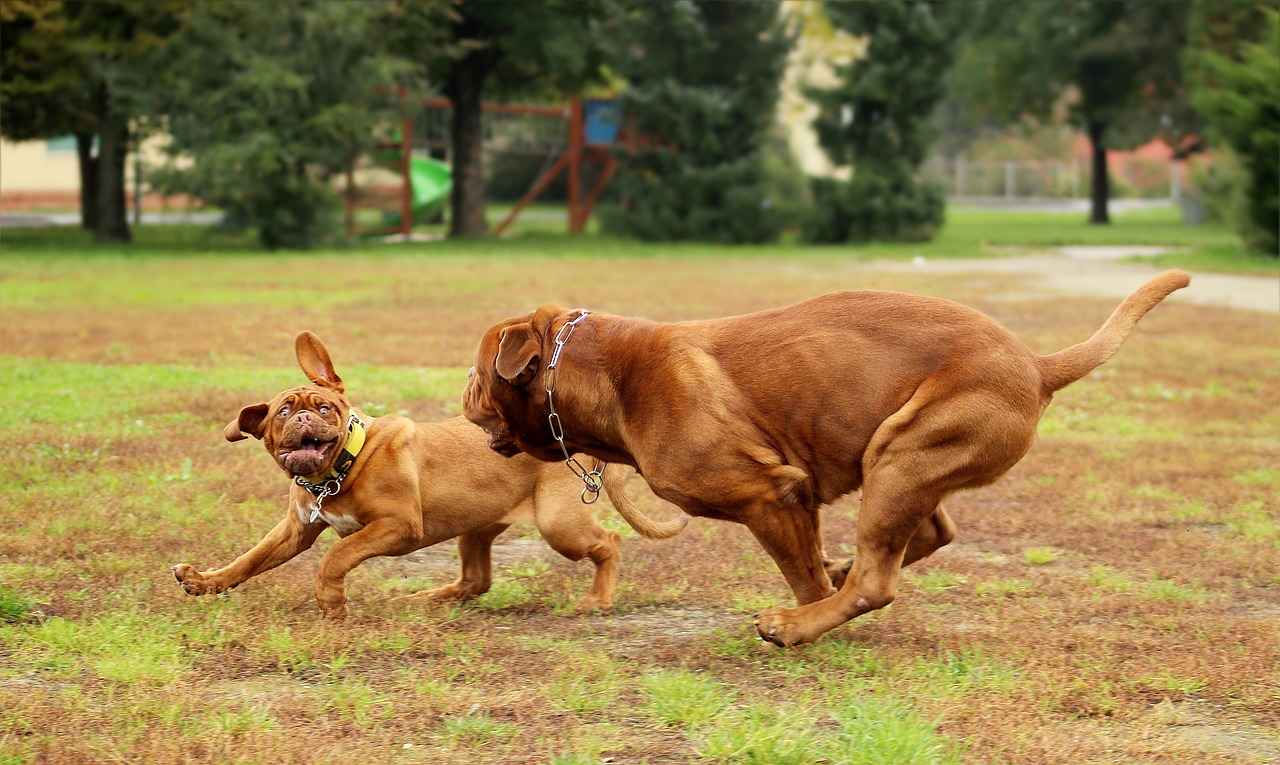
Measuring Bite Force: Methods and Tools
Bite force is an essential metric in understanding a dog’s physical capabilities, particularly for breeds like the Dogo Argentino. Accurately measuring this force requires specialized equipment that quantifies the pressure exerted during a bite. This section will explore the various methods and tools used to measure bite force, providing a comprehensive overview for dog enthusiasts and potential owners.
Understanding Bite Force Measurement
Bite force is typically expressed in pounds per square inch (PSI) and reflects a dog’s ability to grip and hold onto objects or prey. The measurement process involves assessing the maximum pressure the dog can exert with its jaws. This information is crucial for comparing different breeds and understanding their physical capabilities.
| Measurement Tool | Description |
|---|---|
| Bite Sleeve | A padded sleeve worn by a handler that allows the dog to bite down while providing a safe environment for training. |
| Force Gauge | A device that measures the pressure exerted by the dog’s bite, providing precise PSI readings. |
| Pressure Sensors | Advanced technology that can be integrated into bite sleeves or other training tools to record bite force data electronically. |
Factors Affecting Bite Force Measurements
Several factors can influence the accuracy of bite force measurements, including:
- Dog’s Age: Younger dogs may have developing muscles, while older dogs might show a decline in strength.
- Health Status: Injuries or dental issues can significantly affect a dog’s bite force.
- Training: Well-trained dogs may exhibit more controlled and powerful bites compared to untrained counterparts.
Conclusion
Understanding the methods and tools used to measure bite force is crucial for dog owners and trainers. By utilizing appropriate equipment and considering various influencing factors, one can obtain accurate assessments that inform training, behavior, and overall dog care.
Common Tools for Measuring Bite Force
Understanding a dog’s bite force is essential for various reasons, including training, behavior assessment, and breed comparisons. To accurately measure this force, several specialized tools are employed. Below is a detailed overview of the most commonly used instruments:
- Bite Sleeves: These are padded sleeves worn by trainers to safely engage with dogs during bite work. They allow for safe training while providing a controlled environment to measure the dog’s bite strength. The material and design of the sleeves can influence the results, as they are made to withstand significant pressure.
- Force Gauges: This tool quantitatively measures the pressure exerted by a dog’s bite. Force gauges typically provide readings in pounds per square inch (PSI), making it easier to compare the bite strength of different breeds. They are often used in conjunction with bite sleeves for accurate readings.
- Pressure Sensors: Advanced technology has introduced pressure sensors that can be embedded in bite sleeves or other equipment. These sensors provide real-time data on the force applied during a bite, allowing for precise measurements and analysis.
- Digital Bite Force Meters: These devices are designed specifically for measuring bite force. They often feature digital displays and can store data for comparison over time. Such meters are beneficial for breeders and trainers looking to understand a dog’s development and strength.
Using these tools, trainers and researchers can gather reliable data about a dog’s bite force, which is crucial for understanding the capabilities and behavior of different breeds. Accurate measurements not only aid in training but also enhance safety and responsible ownership.
In conclusion, measuring a dog’s bite force is a complex task that requires the right tools and techniques. By utilizing bite sleeves, force gauges, and other specialized equipment, one can gain valuable insights into a dog’s strength and behavior.
Factors Influencing Bite Force Measurements
Bite force is a crucial metric in understanding a dog’s physical capabilities, particularly in breeds like the Dogo Argentino. However, several key factors can significantly influence these measurements:
- Age: A dog’s age plays an important role in its bite force. Young dogs may not have fully developed muscles and jaw structure, leading to lower bite force measurements. Conversely, older dogs may experience a decline in strength due to health issues.
- Health: The overall health of a dog is paramount. Conditions affecting the jaw, teeth, or general muscle strength can result in diminished bite force. Regular veterinary check-ups can help ensure a dog maintains optimal health, which in turn supports its physical capabilities.
- Training: A well-trained dog is often better at controlling its bite. Training not only enhances a dog’s ability to use its strength effectively but also helps in managing aggressive tendencies. Dogs that undergo bite training may demonstrate increased bite force due to their muscular development and confidence.
- Temperament: The dog’s temperament can also affect bite force. A dog that is calm and well-socialized may exhibit a different bite force compared to an anxious or aggressive dog, as stress can impact muscle tension and overall performance.
- Environment: The environment in which a dog is raised can influence its physical development. Dogs raised in active settings with ample exercise tend to develop stronger muscles, contributing to a higher bite force.
Understanding these variables is essential for accurate assessments of a dog’s capabilities. By considering age, health, training, temperament, and environment, potential owners and trainers can make informed decisions regarding the suitability of a breed like the Dogo Argentino.
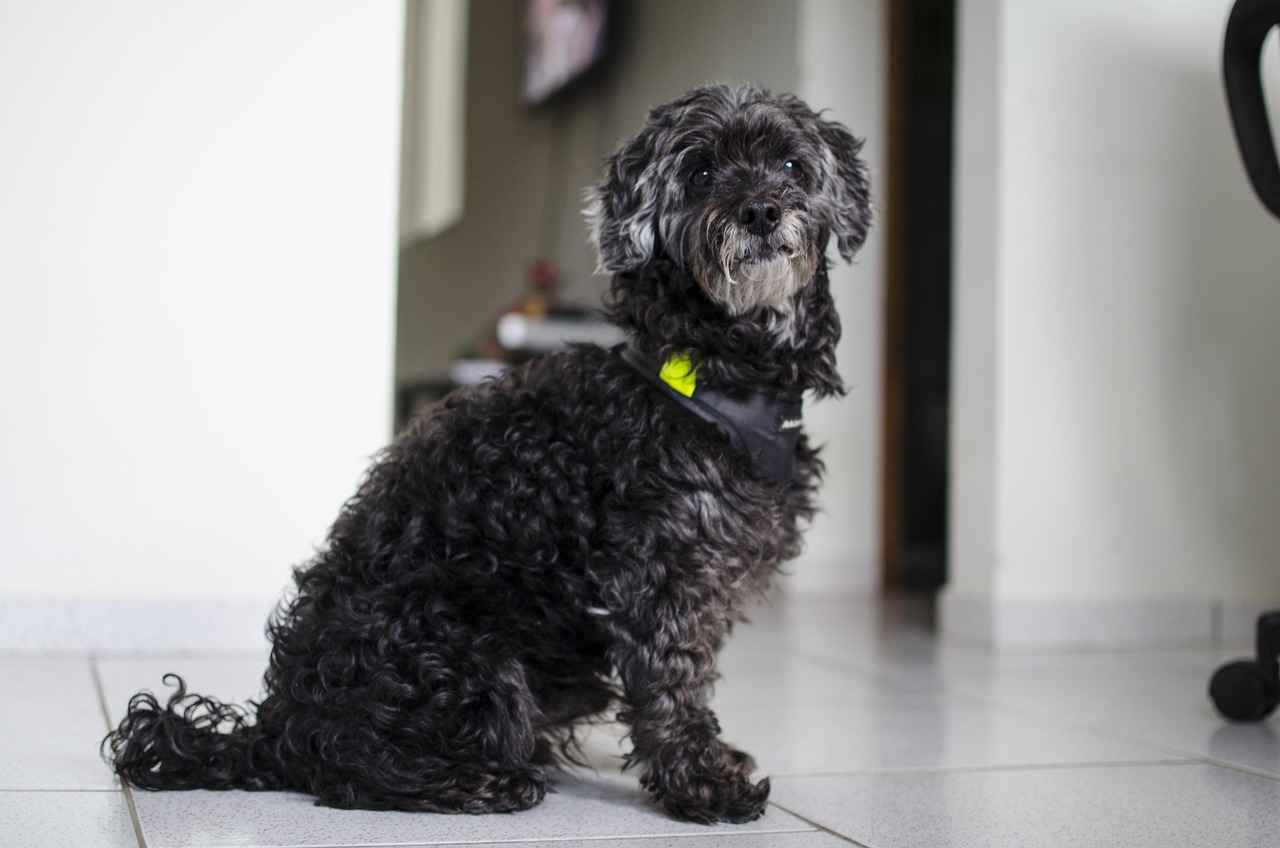
Implications of High Bite Force in Dogs
A dog’s bite force is a pivotal factor that influences its training, behavior, and overall suitability as a family pet. Understanding the implications of a high bite force is essential for potential dog owners, particularly when considering breeds like the Dogo Argentino, known for its powerful jaws.
High bite force can lead to various behavioral traits that may not be suitable for all families. For instance, dogs with strong bites often exhibit protective instincts and can sometimes be aggressive if not properly trained. This is especially true for breeds that have been historically used for hunting or guarding. Therefore, it’s vital for owners to assess their ability to manage and train such breeds effectively.
- Training Requirements: Dogs with high bite forces require specialized training techniques. Consistent, positive reinforcement methods are crucial to ensure they develop good behavior and social skills.
- Socialization Needs: Early socialization is key. Exposing these dogs to various environments, people, and other animals can help mitigate potential aggression and ensure they become well-rounded pets.
- Owner Experience: First-time dog owners may find it challenging to handle breeds with high bite forces. Experienced handlers are often better equipped to manage the unique challenges these dogs present.
Moreover, the implications of high bite force extend beyond training. They can also affect the dog’s interaction with family members, especially children. Owners must be vigilant and ensure that their pets are not only trained but also comfortable around kids and other household members.
In conclusion, while a high bite force can signify strength and protection, it also comes with responsibilities. Prospective owners should thoroughly evaluate their lifestyle, experience, and willingness to engage in comprehensive training before bringing a breed like the Dogo Argentino into their home. This ensures a safe and harmonious environment for both the dog and the family.
Training Considerations for Strong-Bite Breeds
Training a breed with a high bite force, such as the Dogo Argentino, necessitates a unique approach that emphasizes experienced handling and consistent training methods. This breed, known for its impressive strength and protective instincts, requires a dedicated owner who understands the significance of proper training and socialization.
To effectively train a Dogo Argentino, consider the following key aspects:
- Early Socialization: It is essential to expose the Dogo Argentino to various environments, people, and other animals from a young age. This exposure helps mitigate any potential aggression and fosters a well-rounded temperament.
- Positive Reinforcement: Utilizing positive reinforcement techniques, such as treats and praise, encourages desired behaviors. This method is particularly effective for strong-bite breeds, as it reinforces good behavior without instilling fear or resentment.
- Consistency is Key: Establishing a consistent training routine helps the dog understand expectations. Commands should be clear and uniform, ensuring that the dog learns effectively and responds appropriately.
- Experienced Handlers: Owners should ideally have experience with large or strong breeds. An understanding of canine behavior and training techniques can significantly enhance the training process.
- Professional Training Classes: Enrolling the Dogo Argentino in professional training classes can provide additional guidance and support. These classes often focus on socialization and obedience, which are crucial for a breed known for its strength.
Moreover, it’s vital to be aware of the behavioral traits associated with strong-bite breeds. Dogo Argentinos may exhibit protective instincts, which can be beneficial in a family setting but may also require careful management to prevent over-protectiveness. Understanding these traits allows owners to foster a balanced and harmonious environment.
In conclusion, training a Dogo Argentino or any strong-bite breed is a responsibility that should not be taken lightly. With the right approach, commitment, and understanding, these powerful dogs can become well-behaved companions and loyal family members.
Behavioral Traits Associated with Bite Force
Understanding the behavioral traits of dogs with high bite forces is essential for responsible ownership. Breeds like the Dogo Argentino, known for their impressive bite strength, often display specific behaviors that can be indicative of their temperament and training needs.
Firstly, dogs with a high bite force may exhibit protective instincts. This means they are likely to be more vigilant and may act as guardians for their families. Such breeds often have a natural drive to protect their territory and loved ones, which can be beneficial in a family setting but may also require proper training to ensure that these instincts are directed appropriately.
Additionally, these dogs can show signs of aggression if not properly socialized. Aggression can stem from fear, territoriality, or even frustration. It’s crucial for owners to engage in early and consistent socialization practices to help mitigate these tendencies. Positive reinforcement training methods can be particularly effective in shaping desired behaviors and reducing aggressive responses.
- Protective Behavior: High bite force breeds often protect their home and family, making them excellent watchdogs.
- Potential for Aggression: Without proper training, these dogs may display aggressive tendencies towards strangers or other animals.
- Need for Socialization: Early exposure to various environments, people, and other animals is vital to develop a well-rounded temperament.
Moreover, it is essential to recognize that the environment in which a dog is raised can significantly influence its behavior. Dogs that are trained in a loving and structured environment are likely to develop more positive behavioral traits, regardless of their bite force.
In conclusion, understanding the behavioral traits associated with high bite force dogs like the Dogo Argentino is crucial for potential owners. By recognizing their protective instincts and the need for proper training, owners can foster a safe and harmonious relationship with their pets.
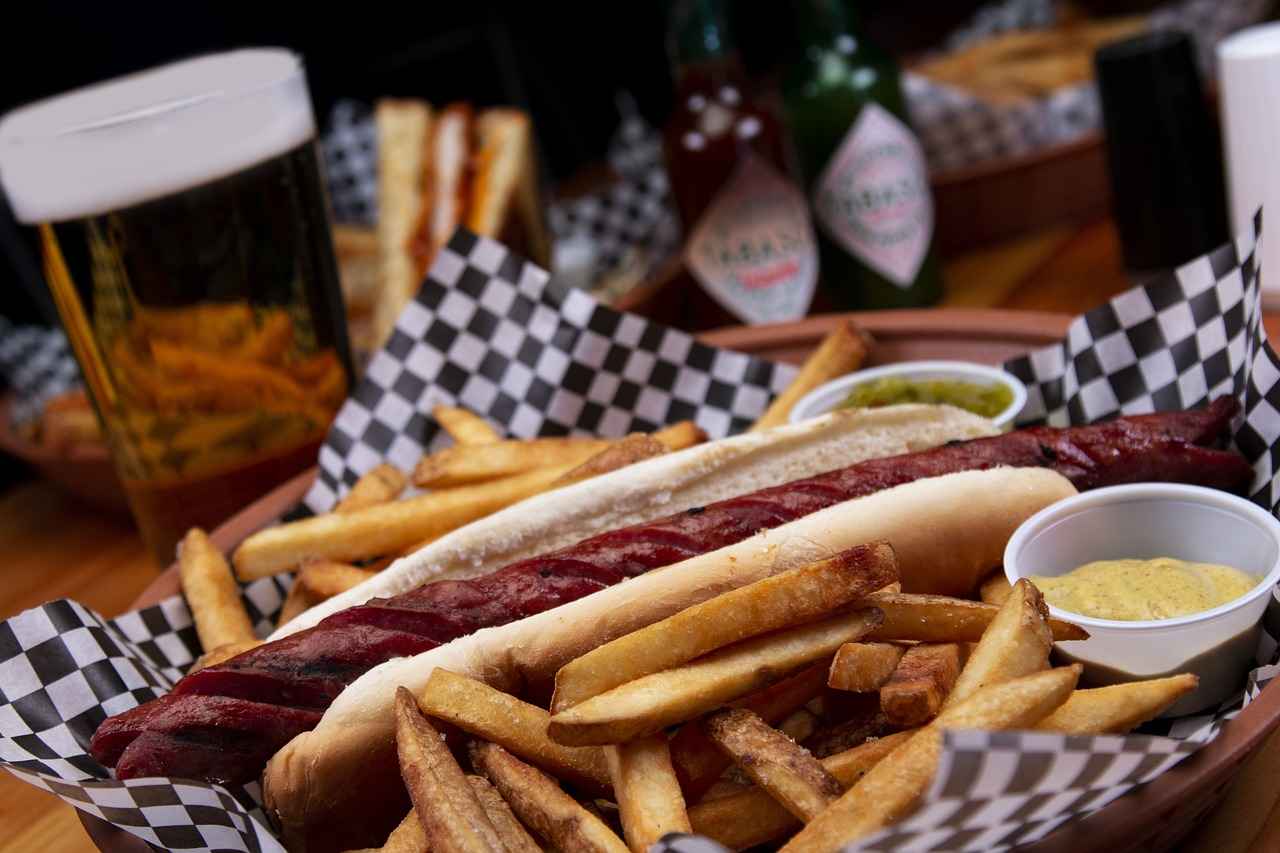
Conclusion: The Dogo Argentino’s Bite Force in Perspective
In summary, the Dogo Argentino is renowned for its remarkable bite force, which is one of the strongest among dog breeds. This breed was specifically developed for big-game hunting, and its physical attributes, including a powerful jaw and muscular build, contribute significantly to its impressive bite strength. With a bite force estimated at around 500 PSI, the Dogo Argentino stands out not only for its strength but also for its agility and endurance.
However, it is crucial for potential owners to carefully consider the implications of such a powerful bite force. This breed requires an experienced handler who understands its needs and behavior. Training should be consistent and positive, focusing on socialization and obedience to ensure that the Dogo Argentino can coexist harmoniously within a family environment.
Moreover, the Dogo Argentino’s bite force can influence its behavioral traits. Dogs with high bite strength may exhibit protective instincts, which can be beneficial for guarding, but may also lead to aggression if not properly managed. Therefore, it is essential for owners to be aware of these traits and to provide appropriate training and socialization opportunities.
Ultimately, while the Dogo Argentino’s impressive bite force positions it as a formidable breed, potential owners must evaluate their lifestyle, experience, and ability to manage a strong-willed dog. A well-trained Dogo Argentino can be a loyal and loving companion, but it requires commitment and understanding from its owner to foster a safe and nurturing environment.
Frequently Asked Questions
- What is the bite force of a Dogo Argentino?
The Dogo Argentino has an impressive bite force, typically measured at around 500 PSI, making it one of the strongest among dog breeds. This powerful bite is a result of its muscular build and strong jaw structure, which were developed for big-game hunting.
- How does the Dogo Argentino’s bite force compare to other breeds?
When compared to other breeds, the Dogo Argentino’s bite force is significantly higher than that of many common pets, such as Labradors or Beagles. It rivals that of breeds known for their strength, like the Rottweiler and the American Pit Bull Terrier, placing it among the top contenders in terms of bite strength.
- What factors can influence a dog’s bite force?
Several factors can influence a dog’s bite force, including age, health, and training. A well-trained Dogo Argentino may exhibit a controlled bite, while an untrained one might not. Additionally, a dog’s physical condition can also play a role in its overall strength and bite capability.
- Is a Dogo Argentino suitable for families?
While the Dogo Argentino can be a loving family pet, its high bite force and protective instincts require experienced handling and proper training. Families should consider their lifestyle and ability to provide consistent training before bringing one into their home.
